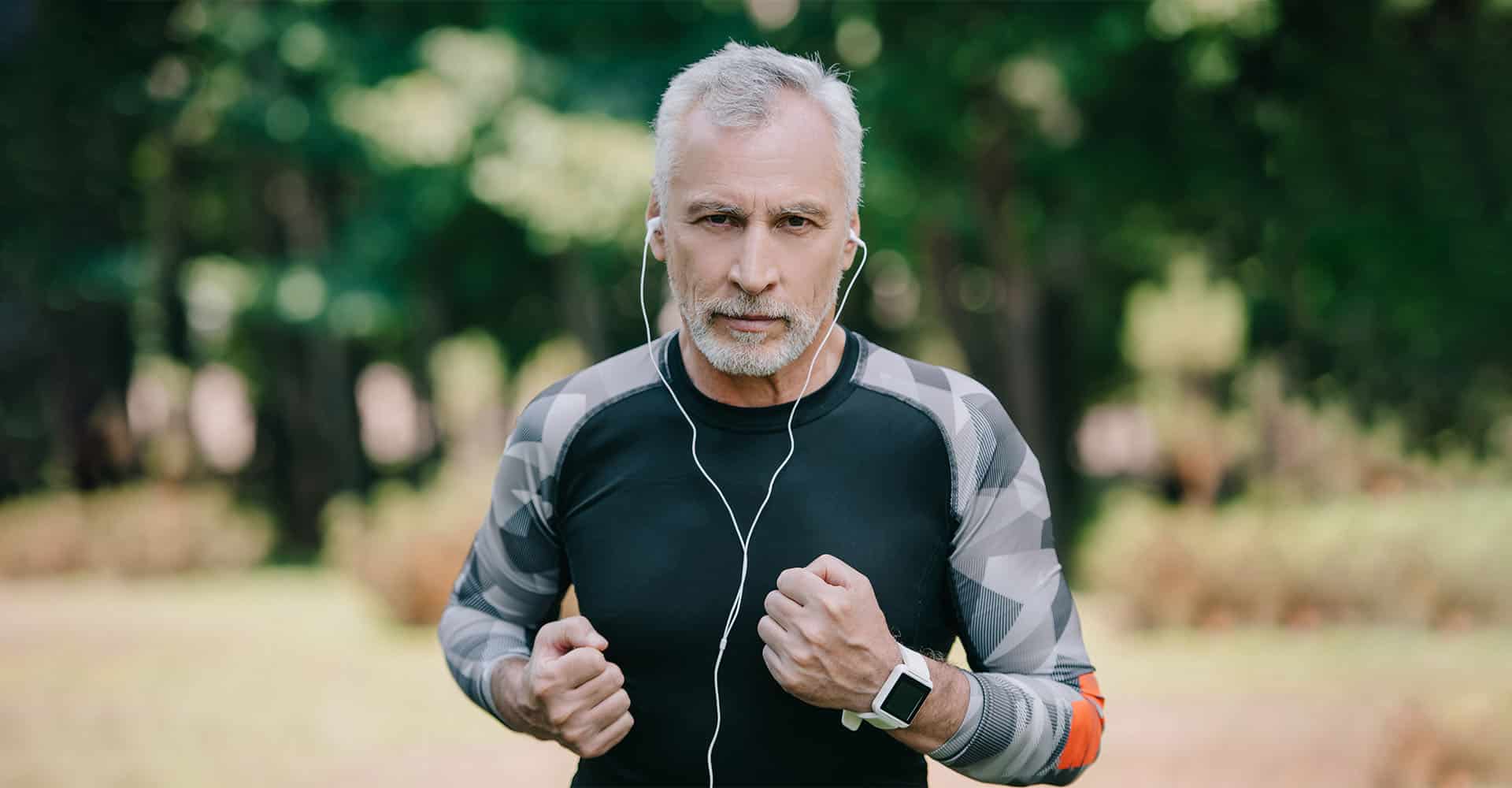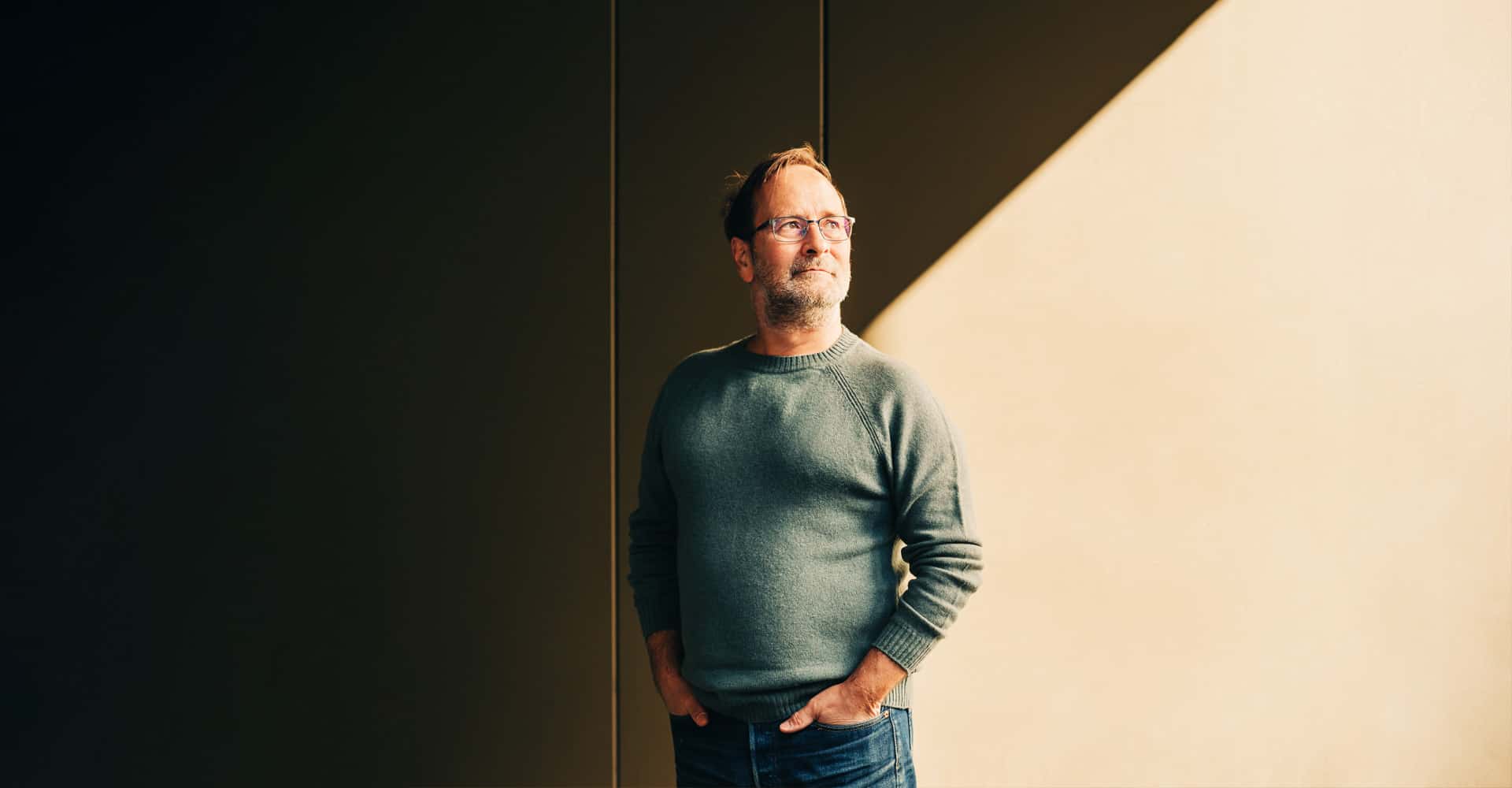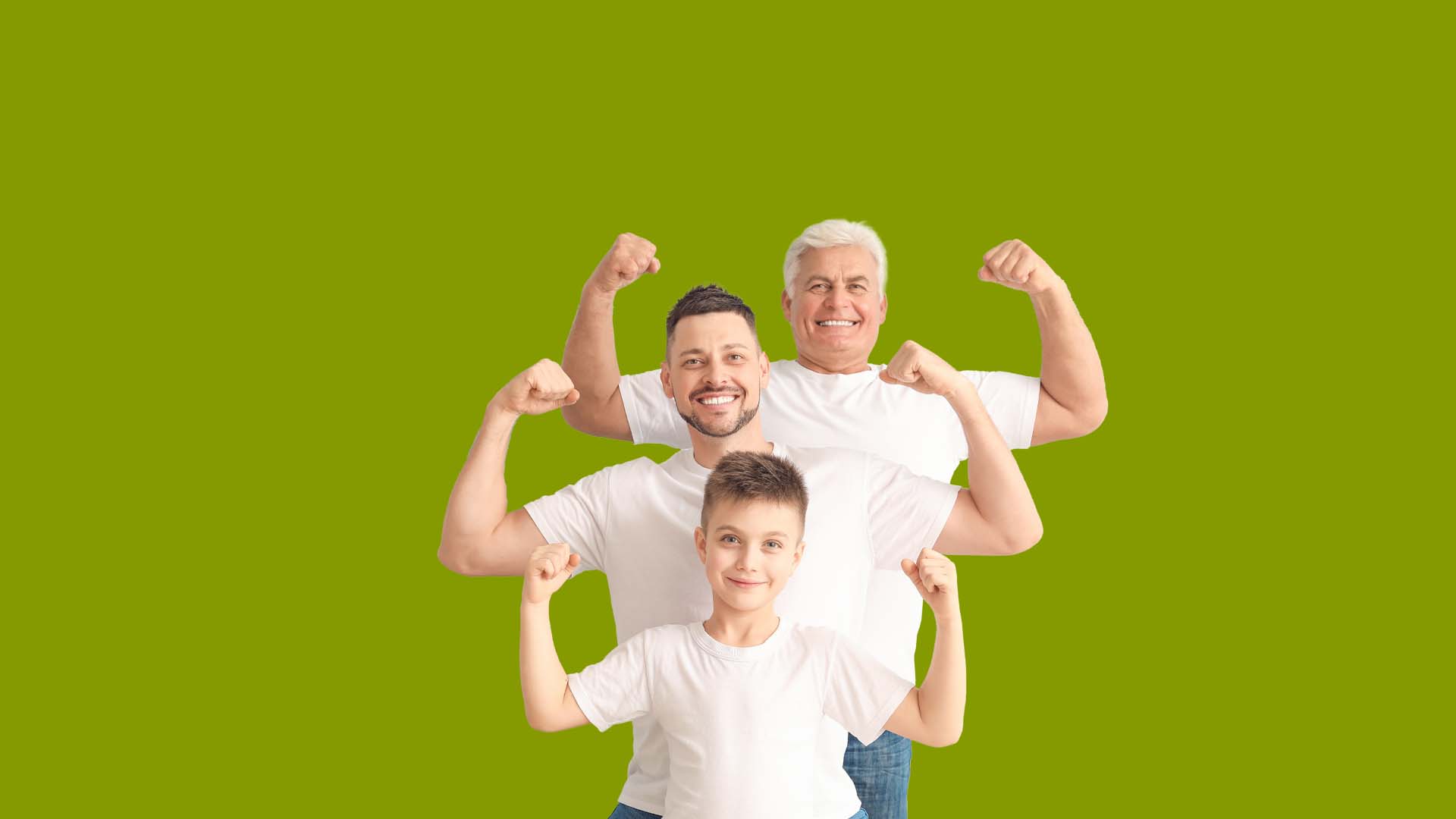Men are not immune to “menopause”. Gynecologist Edward M. Lichten, M.D. found himself to be one of the 20 percent of baby boomers showing decreased levels of testosterone, below the normal range. Dr. Lichten confessed that when he experienced ‘hot flashes’ at 48 years of age and would wake with his night shirt soaking wet, no one suggested to him to measure his hormones. According to MayoClinic.com, testosterone levels in men peak during the teen and early adult years, then decrease about 1 percent a year starting after age 30.
Is your testosterone high enough to keep you healthy?
Andropause or “male menopause” is a phenomenon for which all men should take note. Sexual desire and sexual activity are barometers of a man’s general health. Changes in sexual function can forecast serious conditions such as heart disease, osteoporosis and diabetes.
What are the symptoms of “Male Menopause” or Andropause?
Although this phenomenon is controversial and often denied by the medical profession, men do experience a condition similar to female menopause between the ages of 40 and 55. Bodily changes accompanied by changes in attitudes and moods often occur at this time. The first, and possibly the most noticeable symptom of male menopause, is fatigue. Typically, there are restless, interrupted sleep patterns at night with rare night sweats and a pronounced feeling of exhaustion upon rising in the morning. Andropausal men can also experience a decreased sexual drive, difficulty developing or maintaining erections, increased urinary frequency especially at night, impaired memory, a change in body shape (less muscle, more fat), and a decrease in strength or endurance. All this will probably be accompanied by a decreased ability to handle stress, mood swings, irritability, depression and a slump in a man’s overall sense of wellbeing.
What role does testosterone play in “Male Menopause”?
“Male Menopause” is a medical condition that is considered a counterpart to menopause in women. A decline in the levels of sex hormones in both females and males occurs during this time, although in the male, there is also a more complicated pattern of physical changes. The main male sex hormones collectively are known as androgens, which mean ‘male producing’. Testosterone is the main androgen, 95% of which is produced by and secreted from the testicles. Testosterone is responsible for a man’s ability to perform sexually and for secondary sex characteristics such as: body hair, increased muscle bulk, body shape, and a deepening of the voice.
However, testosterone is much more than a sex hormone. There are testosterone receptor sites in cells throughout the body, most notably in the bones, brain, and heart. Testosterone has a role to play in nearly every aspect of a man’s physical function.
Total testosterone levels are highest in the early twenties and can start to decline from as soon as a man’s 30th year, at the rate of approximately 1 percent per year. This drop in total testosterone is so gradual that it may not explain all of the symptoms of andropause. What appears to be more relevant than this gradual decline is the drop in free testosterone; this is the active form of testosterone that is not bound in the blood to the protein, sex hormone binding globulin (SHBG). This protein limits the amount of free (active) testosterone by hooking up to it, making it unavailable to tissue. As men get older, the mechanisms for freeing enough testosterone begin to shut down, and one of the signs is an increased level of SHBG in the blood.
This increased binding of free testosterone helps to explain why older men who are on testosterone-replacement therapy do not report long-term aphrodisiac effects. The herbs stinging nettle root (Urtica urens) and pygeum bark (Prunus africana) are known to block the testosterone from binding to SHBG. Preparations made from the stinging nettle root have a unique mechanism for increasing levels of free testosterone by displacing it from the SHBG binding site. Stinging nettle root and pygeum bark extracts also benefit the prostate gland as a preventive treatment for benign prostatic hyperplasia (BPH).
What part does estrogen play in “Male Menopause”?
A man’s normal hormonal makeup includes the presence of a small supply of estrogen. Similarly, a female requires a small amount of testosterone, primarily for bone and muscle development. In the bodies of both men and women, the balance of estrogen and testosterone is critical!
The two hormones are chemically quite similar. The male body can convert a certain portion of testosterone into estrogen using an enzyme found in the adrenal glands and fat cells called aromatase. This conversion process is necessary for the healthy functioning of estrogen-sensitive tissues in a man’s body. Estrogen is extremely beneficial to the male brain, especially for learning and memory.
However, as a man grows older, he produces larger quantities of aromatase, which can convert too much testosterone to estrogen. If estrogen levels get out of hand, the estrogen to testosterone ratio shifts and estrogen will compete with the masculinizing effects of testosterone. Estrogen has a powerful opposing or reducing effect on testosterone, increasing the risk of heart attack or stroke, as well as a cell growth-promoting effect on the prostate gland, increasing the occurrence of benign prostatic hyperplasia or BPH. Also, estrogen increases the body’s production of SHBG, which lowers the amount of the active free testosterone. Conversely, high levels of testosterone will depress production of SHBG.
Chemicals, known as xenoestrogens (i.e., estrogen-mimicking chemicals) are found in our environment (plastics, solvents, petroleum-based chemicals) as well as in conventional foods (herbicides, pesticides). They also have a powerful estrogen-like effect on the human body which can add to the estrogen overload.
In contrast, organic, non-GMO fermented soy foods (one serving/day) and flaxseeds (1-2 tablespoonfuls ground/day) have a positive effect on the estrogen overload. Both contain isoflavones, a type of natural phytoestrogen that competes with estrogen for receptor sites and blocks its action. The herb saw palmetto fruit (Serenoa repens) also seems to have a similar phyoestrogenic blocking effect on estrogen receptor sites.
What is the connection between obesity, estrogen and “Male Menopause”?
In many cases, obesity, especially in the abdominal area, is attributed to male hormonal imbalances. Fat cells can synthesize the aromatase enzyme, causing male hormones to be converted to estrogen. An increase in the number or size of fat cells can cause estrogen levels to go up substantially. Obese men often suffer from testosterone deficiency. As well, central obesity (potbelly) is a known risk factor for cardiovascular disease and type II diabetes.
In his book, The Testosterone Syndrome, medical doctor Eugene Shippen states that alcohol, grapefruit and grapefruit juice can increase estrogen levels in the body. Cruciferous vegetables ( e.g., broccoli, cauliflower, kale, radishes as well as Maca powder) help to decrease estrogen levels.
Alcohol decreases zinc levels, and zinc is known to play a beneficial role in the male body as an inhibitor of excessively high levels of the aromatase enzyme. Many men can help restore a proper testosterone/estrogen balance through supplementation of zinc (citrate or chelate), at a suggested dose of 30 to 90 mg./day for a period of six months.
In men over forty, maintaining a youthful level of free testosterone has many health benefits and often requires dedicated effort. However, studies show that men are often reluctant to admit, even to themselves, that they need help dealing with sexual health problems. Hopefully, this article has provided some of the information needed to support those who recognize themselves or their loved ones experiencing the “male menopause” phase of life.
Male Menopause References:
- Lichten, E., M.D. 50 Plus Prime: The Oakland Press, Jul 30, 2009 https://www.theoaklandpress.com/news/50-plus-prime-understanding-bio-identical-hormones/article_98628093-f77a-558c-824f-d3a70ec6101d.html
- The Decline of Androgen Levels in Elderly Men and Its Clinical and Therapeutic Implications. Endocrine Reviews, Volume 26, Issue 6, 1 October 2005, Pages 833–876 https://academic.oup.com/edrv/article/26/6/833/2355179
- Sex steroid hormones matter for learning and memory: estrogenic regulation of hippocampal function in male and female rodents. Learn Memory, 2015 Sep; 22(9): 472–493 https://www.ncbi.nlm.nih.gov/pmc/articles/PMC4561402/
- Mayo Clinic: Sexual Health. https://www.mayoclinic.org/healthy-lifestyle/sexual-health/in-depth/testosterone-therapy/art-20045728
- Mayo Clinic Minute: Low testosterone levels can affect men. June 10, 2019 https://newsnetwork.mayoclinic.org/discussion/mayo-clinic-minute-low-testosterone-levels-can-affect-men/
- Mayo Clinic: Male hypogonadism. https://www.mayoclinic.org/diseases-conditions/male-hypogonadism/diagnosis-treatment/drc-20354886
- Gooren, L. Endocrine aspects of aging in the male, Mol Cell Endcr. 1998 Oct 25; 145(1-2): 153-9 https://pubmed.ncbi.nlm.nih.gov/9922112/
- Shippen, E. The Testosterone Syndrome, NY: Evans & Co., 1998
RoseMarie Pierce, B.Sc.Pharm, earned her degree in Pharmacy from Dalhousie University in 1972. After extensive studies in herbal and nutritional medicine, RoseMarie integrated these disciplinary practices with her pharmacy education to become Canada’s first Holistic Pharmacist.
RELATED ARTICLES



